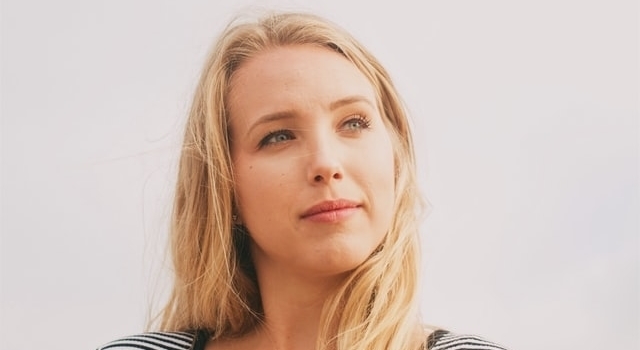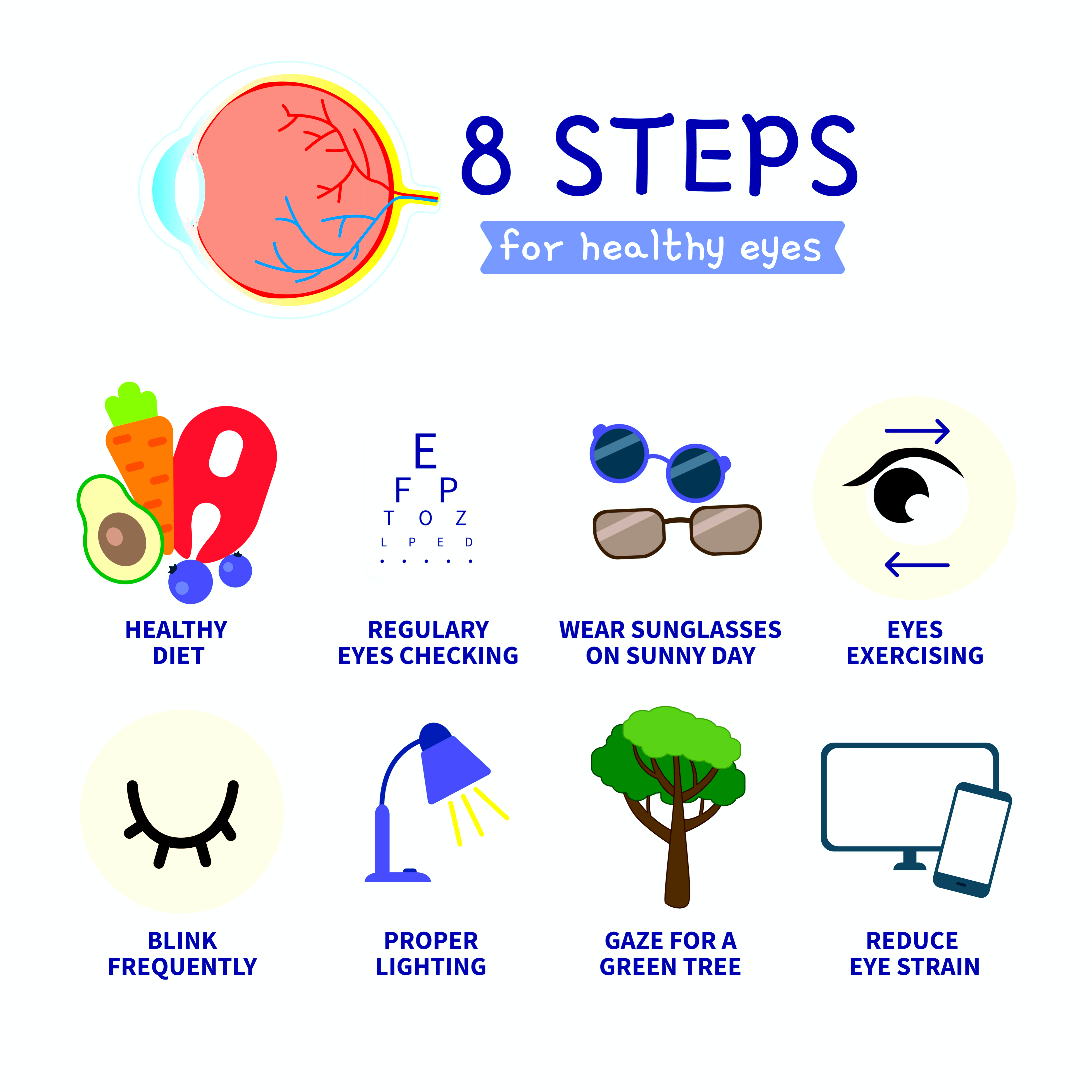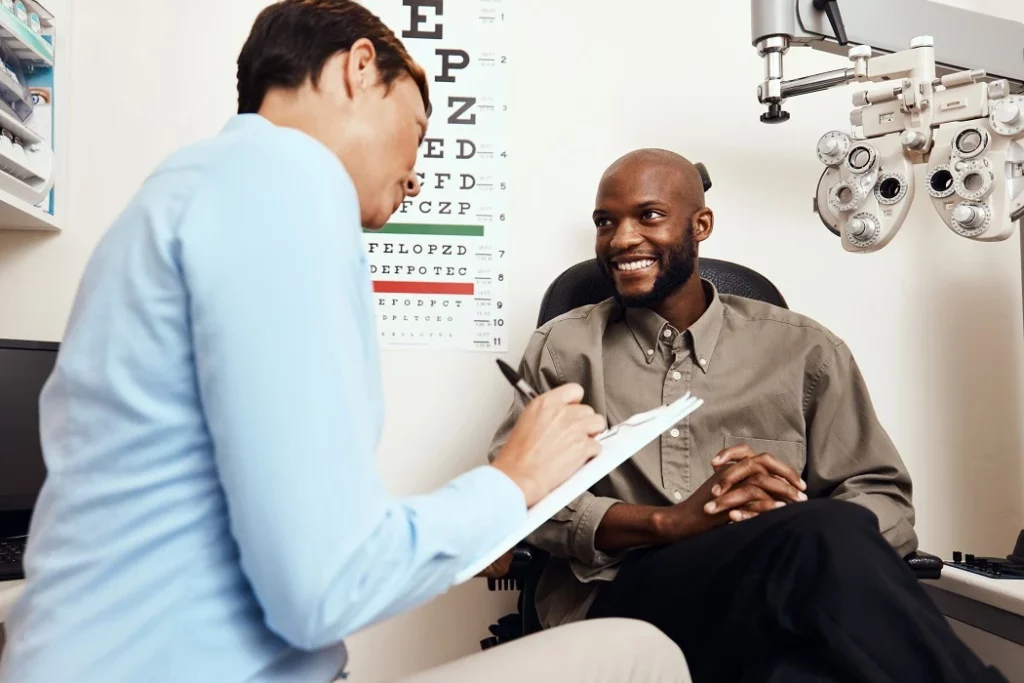All Categories
Featured
Reduced vision, a problem where typical glasses, call lenses, or surgical treatment can not totally bring back sight, can make day-to-day tasks challenging. Fortunately, reduced vision rehabilitation offers a variety of resources to help individuals maintain their independence and quality of life. This article discovers the alternatives offered for those seeking assistance in handling their aesthetic disabilities.
What Is Reduced Vision Recovery?
Low vision recovery is a structured technique to assist individuals optimize their remaining vision and adapt to brand-new methods of performing everyday tasks. Professionals deal with clients to create individualized strategies, including tools, techniques, and training programs that fit their one-of-a-kind demands.
![]()
Trick Options for Low Vision Rehab
Vision Enhancing Devices
Optical Aids: Devices like magnifiers, telescopic glasses, and unique reading lenses can boost clearness for analysis, creating, and various other close-up activities.
Digital Aesthetic Help: Tools such as electronic magnifiers and portable video magnifiers give adjustable zoom capacities for numerous tasks.
Wearable Technology: Smart glasses furnished with electronic cameras and voice comments deal innovative remedies for improving vision.
![]()
Assistive Innovation
Screen viewers, text-to-speech applications, and gadgets with voice commands make innovation obtainable for people with reduced vision.
Smartphone applications, such as navigation help and item recognition tools, help customers connect with their surroundings a lot more efficiently.
Educating and Treatment
Positioning and Movement Training: Experts instruct skills for browsing spaces securely, including the use of white canes or overview pets.
Daily Living Abilities Training: Rehabilitation programs give methods for cooking, cleaning, and personal care, making sure that people can carry out vital tasks separately.
Visual Abilities Training: Exercises made to maximize using staying field of vision can boost aesthetic capability.
Ecological Adjustments
Changes to living or workspaces can dramatically enhance availability. Instances consist of:
Installing brighter illumination.
Including high-contrast markings to home appliances.
Setting up furnishings to produce clear paths.
Support Networks
Emotional and psychological support is a crucial component of rehab. Assistance teams, therapy sessions, and therapy services can help people cope with the challenges of vision loss.
![]()
Peer networks attach people with comparable experiences, cultivating a sense of neighborhood and shared learning.
How to Gain Access To Reduced Vision Recovery Solutions
Reduced vision rehabilitation solutions are commonly supplied by:
Reduced Vision Clinics: Run by ophthalmologists and optometrists focusing on vision problems.
Physical Therapists: Experts in adjusting tasks and settings to fit private demands.
Nonprofit Organizations: Teams such as the American Foundation for the Blind (AFB) or regional blindness assistance companies use beneficial sources and referrals.
Verdict
Living with low vision can feel frustrating, but with the appropriate assistance and devices, people can continue to lead satisfying lives. Low vision rehab supplies a variety of resources customized to enhance capability, boost self-confidence, and improve top quality of life. If you or a loved one is facing the difficulties of reduced vision, consider connecting to a specialist or recovery center to check out the several options readily available. Together, these solutions make sure that vision loss does not define or restrict one's capacity.
What Is Reduced Vision Recovery?
Low vision recovery is a structured technique to assist individuals optimize their remaining vision and adapt to brand-new methods of performing everyday tasks. Professionals deal with clients to create individualized strategies, including tools, techniques, and training programs that fit their one-of-a-kind demands.

Trick Options for Low Vision Rehab
Vision Enhancing Devices
Optical Aids: Devices like magnifiers, telescopic glasses, and unique reading lenses can boost clearness for analysis, creating, and various other close-up activities.
Digital Aesthetic Help: Tools such as electronic magnifiers and portable video magnifiers give adjustable zoom capacities for numerous tasks.
Wearable Technology: Smart glasses furnished with electronic cameras and voice comments deal innovative remedies for improving vision.

Assistive Innovation
Screen viewers, text-to-speech applications, and gadgets with voice commands make innovation obtainable for people with reduced vision.
Smartphone applications, such as navigation help and item recognition tools, help customers connect with their surroundings a lot more efficiently.
Educating and Treatment
Positioning and Movement Training: Experts instruct skills for browsing spaces securely, including the use of white canes or overview pets.
Daily Living Abilities Training: Rehabilitation programs give methods for cooking, cleaning, and personal care, making sure that people can carry out vital tasks separately.
Visual Abilities Training: Exercises made to maximize using staying field of vision can boost aesthetic capability.
Ecological Adjustments
Changes to living or workspaces can dramatically enhance availability. Instances consist of:
Installing brighter illumination.
Including high-contrast markings to home appliances.
Setting up furnishings to produce clear paths.
Support Networks
Emotional and psychological support is a crucial component of rehab. Assistance teams, therapy sessions, and therapy services can help people cope with the challenges of vision loss.

Peer networks attach people with comparable experiences, cultivating a sense of neighborhood and shared learning.
How to Gain Access To Reduced Vision Recovery Solutions
Reduced vision rehabilitation solutions are commonly supplied by:
Reduced Vision Clinics: Run by ophthalmologists and optometrists focusing on vision problems.
Physical Therapists: Experts in adjusting tasks and settings to fit private demands.
Nonprofit Organizations: Teams such as the American Foundation for the Blind (AFB) or regional blindness assistance companies use beneficial sources and referrals.
Verdict
Living with low vision can feel frustrating, but with the appropriate assistance and devices, people can continue to lead satisfying lives. Low vision rehab supplies a variety of resources customized to enhance capability, boost self-confidence, and improve top quality of life. If you or a loved one is facing the difficulties of reduced vision, consider connecting to a specialist or recovery center to check out the several options readily available. Together, these solutions make sure that vision loss does not define or restrict one's capacity.
Latest Posts
Excellent Eats with a Coast Ambiance at Deauville Inn
Published Apr 19, 25
1 min read
Change Your Home with Quality Floor Covering Solutions
Published Apr 19, 25
1 min read
Enjoy Summer Season at The Docks
Published Apr 18, 25
1 min read